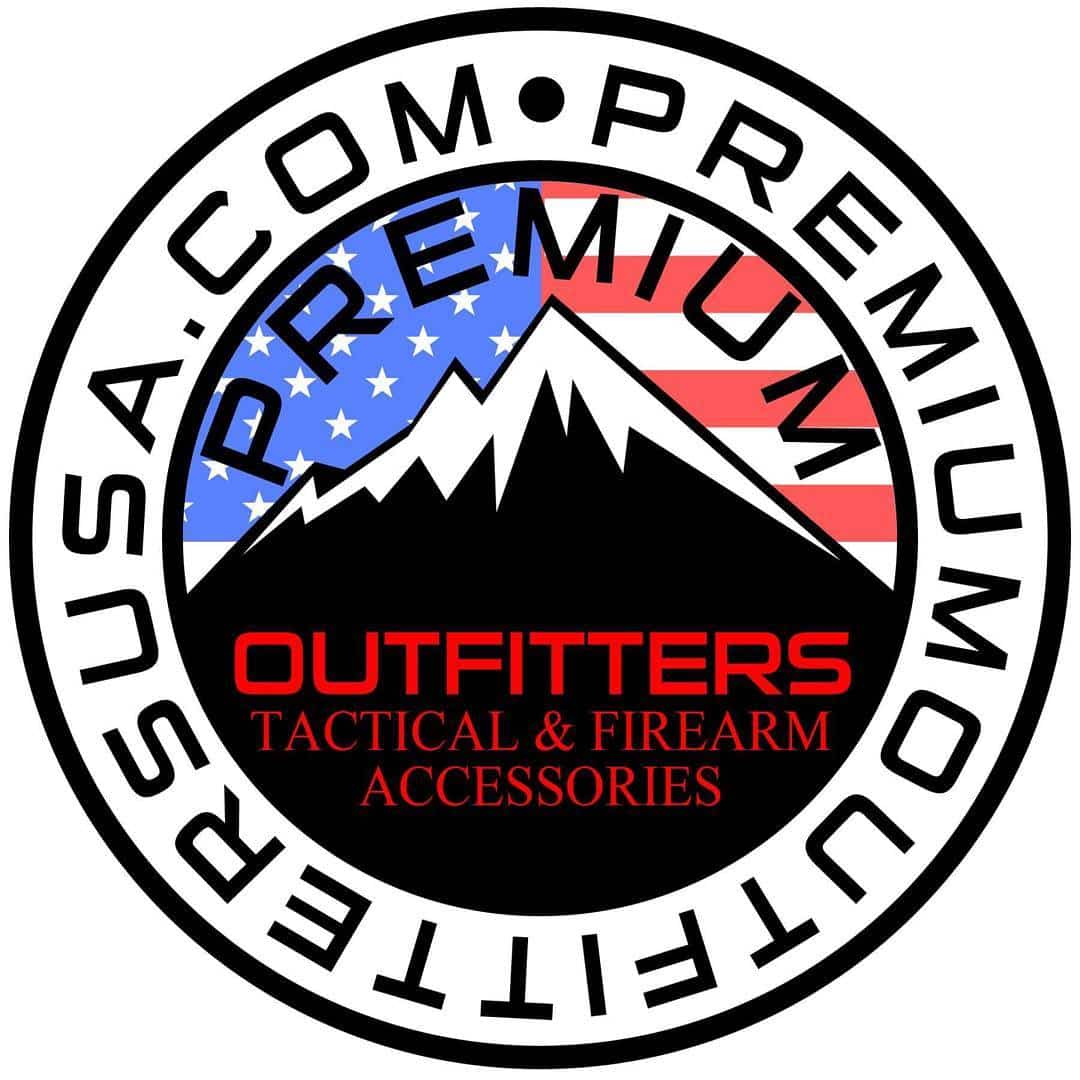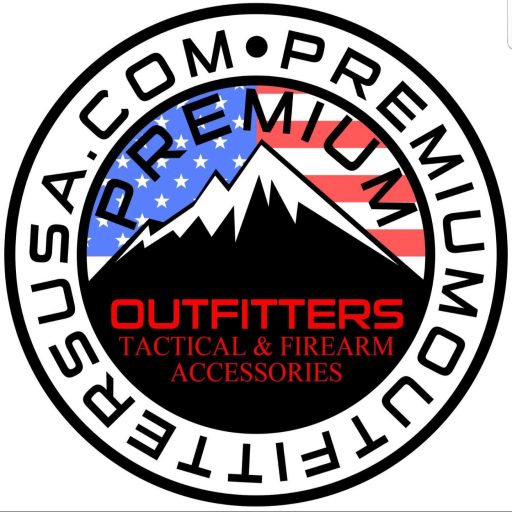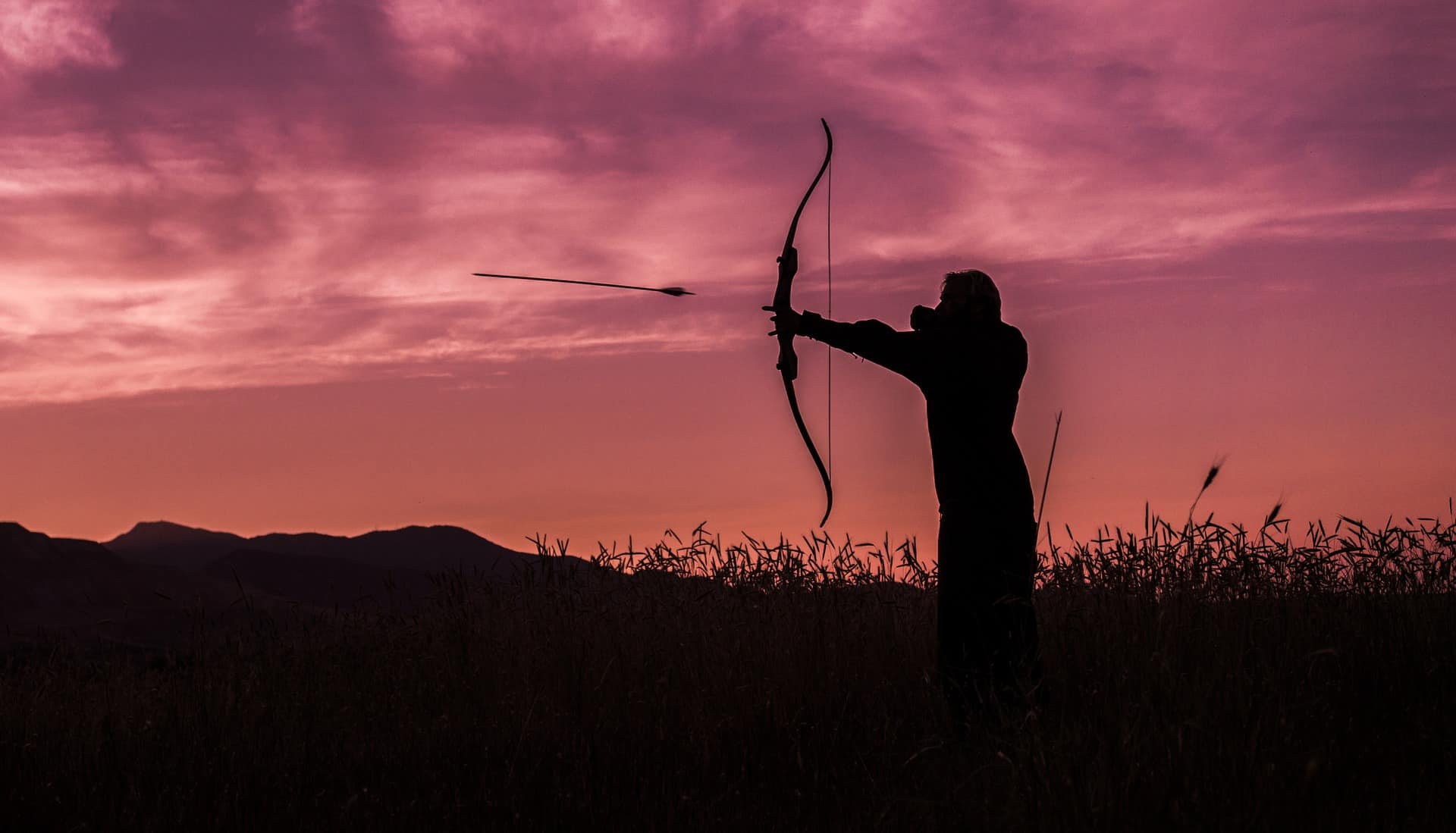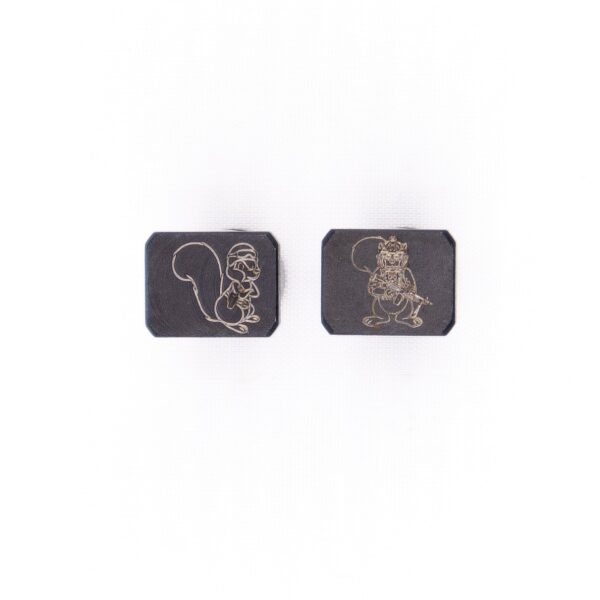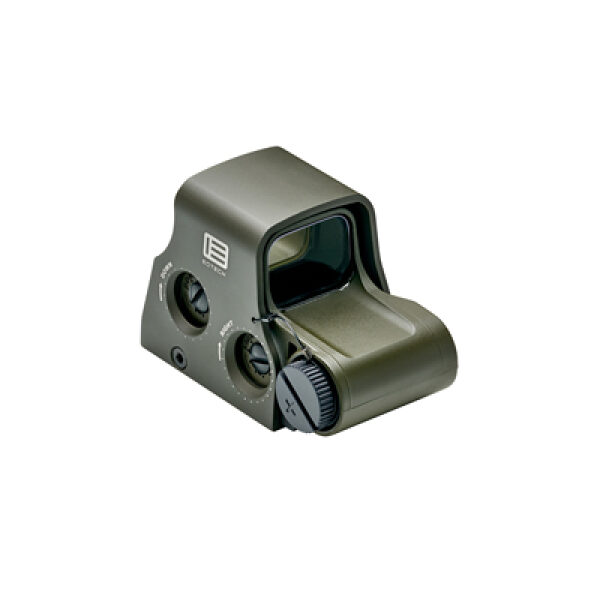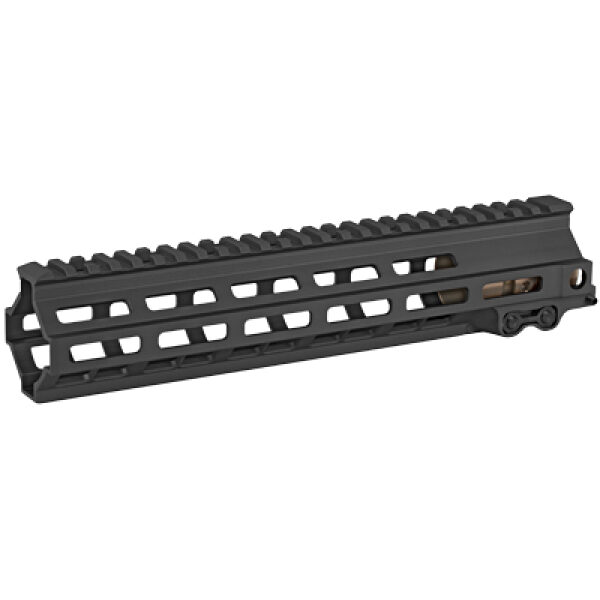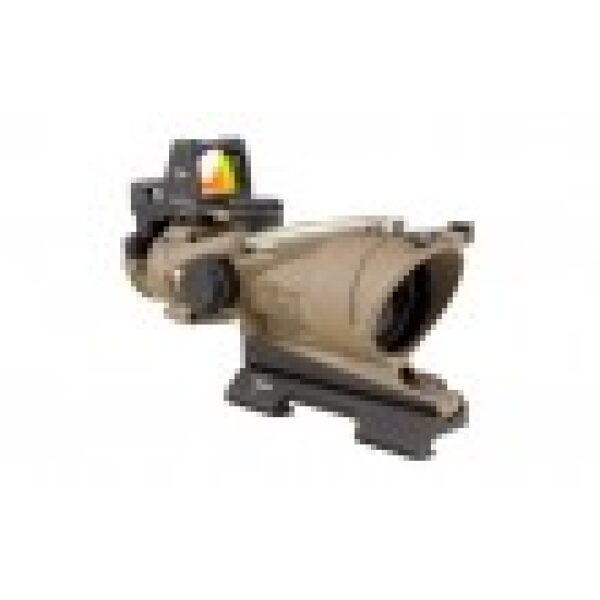Bow hunting is a sport that requires more physical strength, skill and patience than some other types of hunting. Nonetheless, it can be extremely rewarding.
Here are our favorite tips and tricks about bow hunting for beginners! You’ll learn about choosing a bow, finding the right place to hunt, determining when to go and what equipment you’ll need for safety and survival in the wilderness. Follow these tips, and you should have a successful hunt!
1) Choose Your Hunting Gear Wisely
Your hunting gear will make or break your entire trip. You must choose the right type of bow to shoot. There are two main types: compound bows and recurve bows. Both have their pros and cons, so here’s a breakdown which one is most suitable for you depending on your current physical fitness level.
A compound bow is more complicated than a recurve one, but it allows you to shoot faster, flatter and with more accuracy. However, its drawback is the price – compound bows are very expensive ($400+). The compound bow is designed for people who are physically fit. Compound bows also require a lot of effort to use and maintain.
A recurve bow is more affordable ($100-200) and more comfortable to shoot, yet its drawback is that it has a lower performance than the compound one – you won’t be able to shoot with as high accuracy and you cannot draw the string as fast, so you’ll need some time to get used to it. There are two types of recurve bows: The longbow, and traditional bows. Longbows do require more physical strength, and the Turkish is more beginner-friendly.
Either way, your local archery shop will help you determine which bow is most suitable for your skill level and physical fitness. Also, choosing the right draw weight (the amount of force needed to pull back the string) will make or break your first hunting trip! A good rule of thumb is to choose a draw weight within your comfort zone – more experienced hunters can start with 50 pounds, while beginners should aim for 30-40. Your archery shop will also help you determine the right draw weight based on your height and strength.
2) Find the Right Bow Sight
The bow sight will allow you to aim and shoot accurately at your target. There are three types of sights for bows: pin sights, bubble levels, and peep sights. Pin sights are the most accurate since they feature multiple pins (usually three) and the option to adjust them based on your preferences. A bubble level helps you aim horizontally and vertically, while a peep sight is easy to install and use, but it provides less accuracy than pin sights. Always remember to practice shooting with the equipment you plan on using for hunting.
3) Find the Right Arrows
The material used to make the arrow affects its performance, so it’s important to choose wisely. A carbon arrow is best suited for beginners since it requires less effort to shoot, is affordable and durable. However, aluminum arrows are lighter and better balanced making them more accurate. You can also choose between aluminum straightness off the shelf arrows and carbon straightness off the shelf ones depending on your budget as well as personal preference. When you practice shooting, you can experiment with different types of arrows to find the right one for you.
4) Get the Right Accessories
Archery shops are full of accessories which can make or break your hunting trip. Always remember about safety – choose the right type of arm guard and finger tab to protect yourself against injuries. Some models are also designed for left-handed archers, so you’ll need to know that before buying them. A quiver is one of the most used archery accessory, since it allows you to carry extra arrows in one convenient location. Another accessory is shooting gloves, which are thicker than usual so they protect your fingers in the case of an accident.
An arrow rest is used to shoot accurately, but keep in mind that it will limit your options when choosing arrows. A safety harness is always a good idea if you plan on hunting from elevated locations.
At last, your shop can help you choose the right archer’s belt. It ensures the proper positioning of the hip and shoulders which is most important for accurate shooting. You can buy it separately or as an option with a new bow set.
Other gear that you might need are bow cases and bow stringers. Bow cases are used to protect your equipment while traveling, whereas a bow stringer makes it easy for you to restring your bow without cutting the cord.
5) Your First Bow Hunt
First and foremost, make sure you’re up to date on all of the latest hunting laws and that your bowhunting license is valid.
Hunting season and bag limits also matter, so familiarize yourself with the time and area you plan on hunting in order to make sure it’s legal.
Choose an area where you know deer live, such as a park or forest that’s close to your home. Familiarizing yourself with that location ahead of time will help you find your way around and ensure that you’re close to deer during hunting season.
Choosing which time of year will be best for your first hunting trip depends on what type of game you are hoping to catch. For example, bear season starts in August, while deer season begins in September. Expect deer season to be more crowded than bear season. Hunting small game, such as rabbits, is best done in the winter. Some animals are more active during warmer months because they want to eat and reproduce, but other animals will be less active, so it’s harder for hunters to spot them.
Once you’ve chosen a time of year that works for you, plan your trip. Spend at least a full day in the woods. You want to be prepared with proper clothing, food and water in case your trip takes longer than you expected. Make sure you’re dressed properly for the weather conditions, bring a compass with you in case you get lost, and know exactly where the animal has been spotted so that it’s easier for you to find it.
If you’re looking to bowhunt white tailed deer for example, it is best to be in your stand “before” the time – deer activity increases at dawn and dusk, so try to get settled before these times. The main advantage of bow hunting – being able sit in one place for a long time – may also be its drawback since if you fail to catch any game it can get very boring or even dangerous. In order to minimize any unwanted risk, try bow hunting when the weather is less favorable – in windy or rainy days for example. These conditions lead to a decrease of animal activity and make it difficult for them to smell or hear you which will increase your chances of getting a clean shot at your prey.
When you’re bowhunting whitetails, you’ll want to sit in a tree stand or ground blind – ideally, you should be at least 12 feet off the ground. You can also choose to put up two stands instead of just one – that way if the deer don’t come into your first regularly visited stand you can try moving to another location for a better shot. Some hunters like to use a deer decoy to lure the animal in, while others prefer to wait it out and let the deer come to them. If you decide to go with the latter option, be prepared for long waits! Many hunters will spend up to five hours or more sitting still before getting their prey.
Game animals are very sensitive to human scent which is why traditional bow hunters wear camouflage clothing made of natural materials. The idea behind this type of apparel is to blend in with the surrounding environment so that animals will not be alarmed by your presence. It also helps hide your body’s heat, which makes you less visible to the game through thermal imaging technology. However, this type of clothing is very expensive so if you are on a limited budget, try using camouflage face paint instead.
A tree stand offers the most concealment , but also requires you to climb up and down out of it every time you need to move. Ground blinds are less conspicuous but they only offer 360-degree concealment, so if you plan on sitting in one spot for a long time it’s best to put several of these around the game trail. A tree stand also requires you to climb up and down every time, but at least it gives you three hundred sixty degrees of concealment instead of just one. If the animal comes in from behind or if its extremely windy, staying in a tree stand might not be an option since most game animals can pick up scents carried by the wind.
6) Practice, Practice
When preparing for a bow hunt, or any archery hunting trip in general, it’s best to practice shooting your bow. You can do so at your local archery shop or back yard. If you decide to practice outside the shop, make sure you bring all necessary equipment (bow sight, arrows, etc.), and take all safety precautions when handling your bow and arrows.
Make sure you know the fundamentals, such as what a comfortable draw length is for you, how to properly load an arrow, and how to aim. Try shooting at a target from different angles – you never know what kind of shot will be required on your hunting trip.
Always remember that a bow is nothing without an arrow – always have a spare one in case the first breaks or becomes damaged while you’re practicing or in the field. If you’re struggling with proper bowhunting technique, sign up for archery lessons or visit a bow range to get some professional advice. Target practice will help you get in shape and will also condition your muscles, making it easier to spend hours hunting in a tree stand or ground blind.
Practicing with your equipment is very important before going out on a trip where you actually shoot at prey. Make sure you know how much weight it takes to pull the bow, what kind of release aid you should use, what your draw length is and everything else there is to know about shooting the bow before going out into the field. The more time you spend practicing, the better your chances for a clean shot will be.
Also, know your hunting tactics. If you’re using a tree stand, make sure to climb the tree with your bow and not with your arrows – dropping an arrow from high up may break it or injure you. Also, have a clear escape route in mind before climbing the tree so that if something happens you can get out of there as fast as possible.
Finally, always wear proper protective equipment – a hat, glasses, and gloves will protect you from branches and the sun.
7) Find The Right Place to Hunt
There are several places in the world where bow hunting is legal, however, finding the right place is not always easy. You’ll need to know what type of animals you plan on hunting and which ones live in your region so that you can find a place that matches your goals. Finding the right hunting areas may require some research and even travel, but it will all be worth it in the end when you find yourself holding a dead animal behind a tree.
For example, if you’re looking to hunt deer, there are several types of bow hunting legal in the USA:
- Eastern archery – bow hunting for white-tailed deer or black bear during their respective seasons in eastern states.
- Northern ~ Midwestern States – legal to hunt elk, moose and black bear during their respective seasons.
- Western States – bow hunts can be legally done for elk, mule deer, white tail deer, etc.
Also, make sure you know what kind of weapons are allowed in your region (crossbows may not be legal everywhere).
Once you’re clear on the region, time, and weapon being used, read up on the different types of terrain you might encounter. Hunting in an open field is way different than hunting in thick brush or inside a forest. Also consider your position – sitting on the ground versus standing at full height gives you a totally different view of the environment.
Make sure that the wind direction is in your favor and that you’ll be able to hide behind some sort of obstacle if the wind changes. Wind direction is important because animals can smell you from miles away, so the slightest breeze will give your position away.
Depending on where you plan to hunt, you might also encounter some dangerous animals. For example, if you go bow hunting for elk in Canada or Alaska, there’s a chance that you’ll run into a bear or wolf at one point (or both), so you’ll need to know how to protect yourself.
Different hunting grounds have different rules on what you’re allowed to do. For example, most western states don’t allow you to shoot an animal that’s under the age of 6 months old regardless of whether it’s male or female (to protect the herd), however, most eastern states only prohibit hunters from killing does regardless of whether they’re pregnant or not.
Finally, don’t forget about the changing seasons – some animals will go into hibernation while others will try to find a mate, so make sure the time of year is conducive to success.
8) Get the Right Game Plan
Once you’ve chosen your hunting spots, make sure you know exactly what your game plan is. If it’s the first time that you’re taking an animal with a bow, consider starting out small and hunting with archery equipment for small animals like rabbits or chickens – once you’re comfortable with using a bow and arrow, you can try to hunt bigger animals like deer or elk (or even bow fishing).
There’s also the choice between hunting alone or in groups. Most hunters prefer to go at it alone because that way they can scout out their territory and set up a successful hunting ground before anyone else gets there, but others prefer hunting with friends for safety reasons and because it might make the entire experience a lot more fun.
9) Know How To Track Your Prey
If you’re looking to hunt with bows then you also need to know how to use them properly, and that means knowing how to hunt something down. Many hunters never track their prey because they prefer killing them at first sight, but if you’re going to shoot your prey with a bow, you need to know how to track it down.
Follow a Blood Trail
If you managed to shoot your prey with a bow, then chances are it’s bleeding. You can track down the blood trail by following the path that it drips onto the ground. Once you’re on the right path, you can either follow it until you find your prey or set up some sort of ambush for when it passes by.
Scavenge for Clues
If you think that your prey escaped then look for clues as to where it might be. Look for tracks or broken branches – these clues could indicate that an animal has gone through the area and is either fleeing or looking for a mate (depending on what time of year it is). If you see no signs, then it might be time to head back home.
Be Patient!
The best way to find prey is by staying patient and waiting for them to come to you (you should also know how to remain silent). If you’re hunting in an open field then try setting up a blind where you can hide or camouflage yourself while waiting for your prey. If you’re hunting in a forest, then try moving quietly and listening for animals to make their way towards you. If you remain patient, then chances are that your prey will come to you eventually (and before dark).
10) Know the Rules of Safety
Your safety is extremely important whenever you’re out hunting because things can potentially go wrong at any time – before, during, and after the hunt. Always let somebody know where you’re going, when you’ll be back, and what your game plan is (and always bring your cell phone with you).
Speaking of cell phones , make sure that it’s charged at all times in case something goes wrong. If you want to be extra safe then buy a solar charger (these are cheap) so that way your battery doesn’t die, or you can also buy one of those battery packs to keep your phone charged.
Bear in mind that cell phones aren’t always good for hunting – if anything, it’ll just take up space and weight because there’s no reception out there. If you want to stay safe then consider buying a radio transmitter, listening devices, or other hunting equipment that can help you communicate with other hunters or people back home. Remember – the best way to stay safe is by knowing what your surroundings are and planning ahead.
Conclusion: Bowhunting is a lot of fun!
Yay, you successfully bow hunted! If you want to try it out, then the most important thing that you need to remember is to be patient and enjoy yourself. You can hunt with a bow and arrow anywhere in the world, so consider trying it out if you haven’t already! Just make sure you have the right gear! We’ve got everything you need for a successful outdoor adventure in our store. Check it out today!
